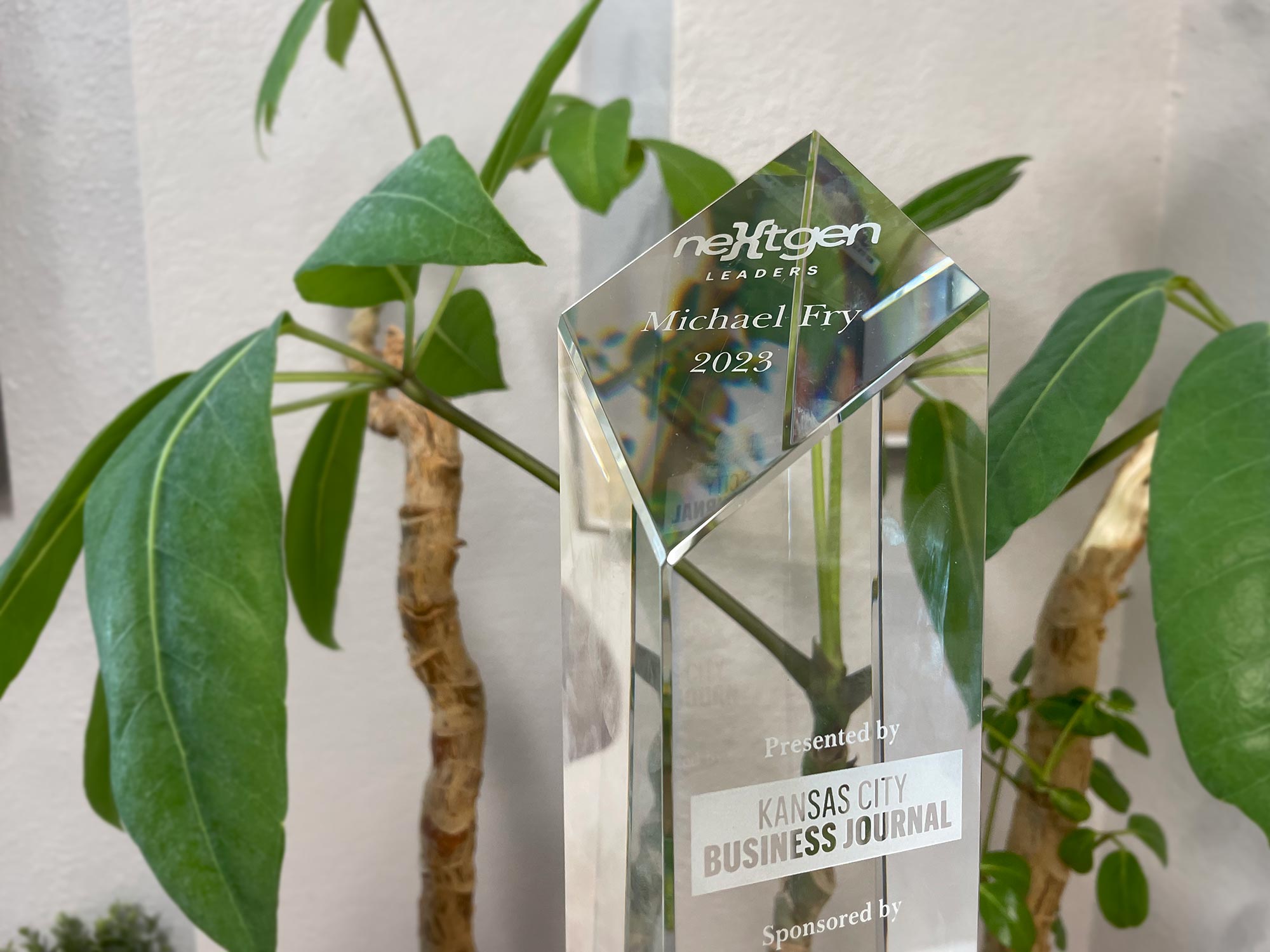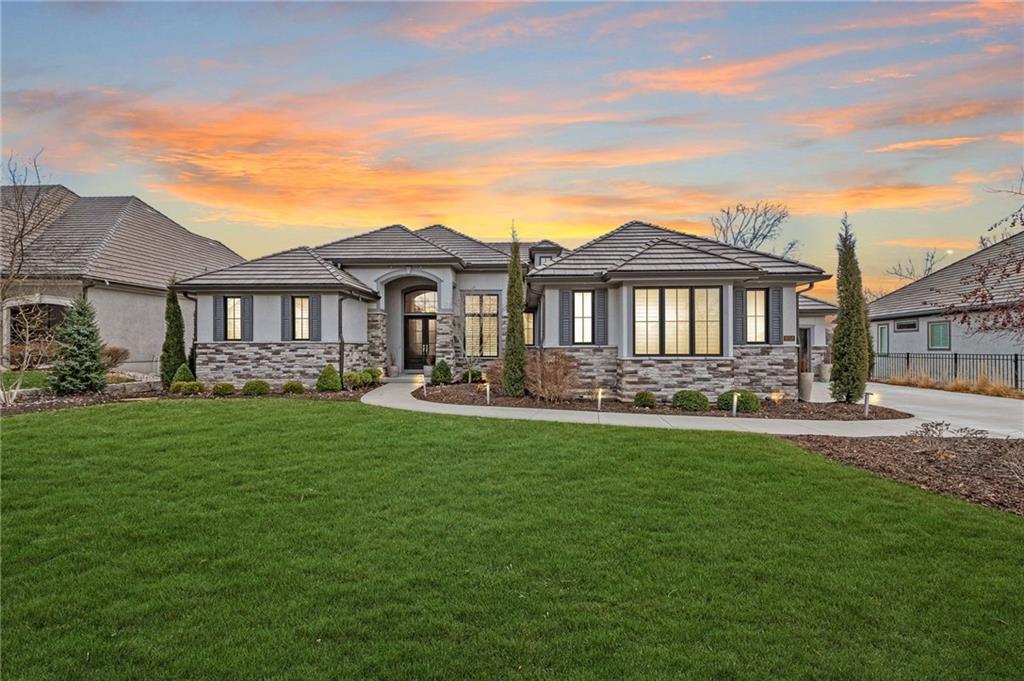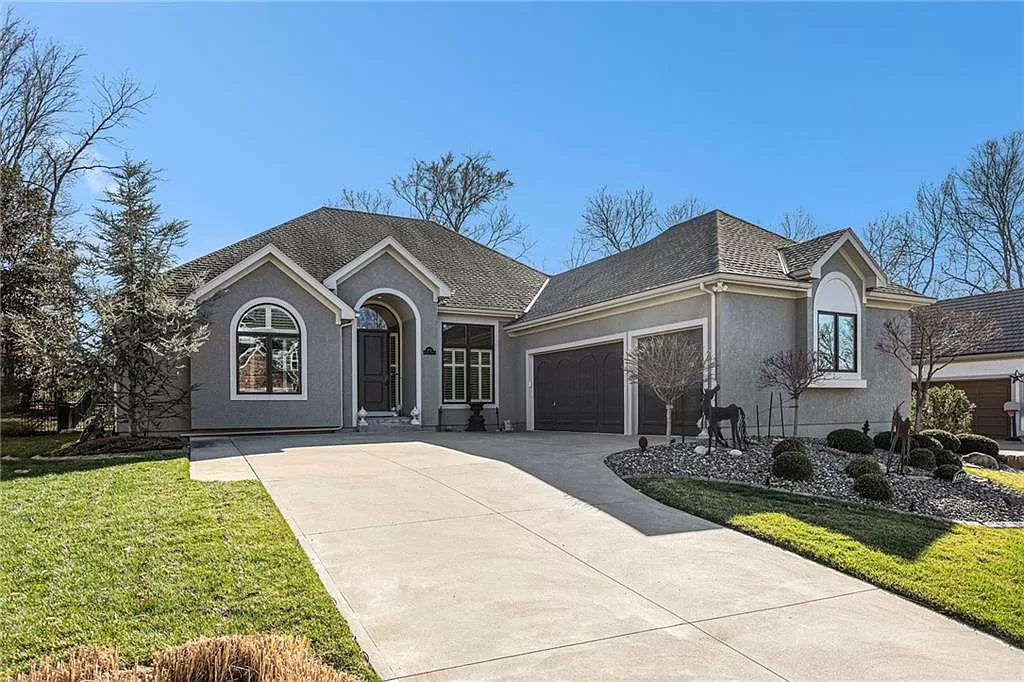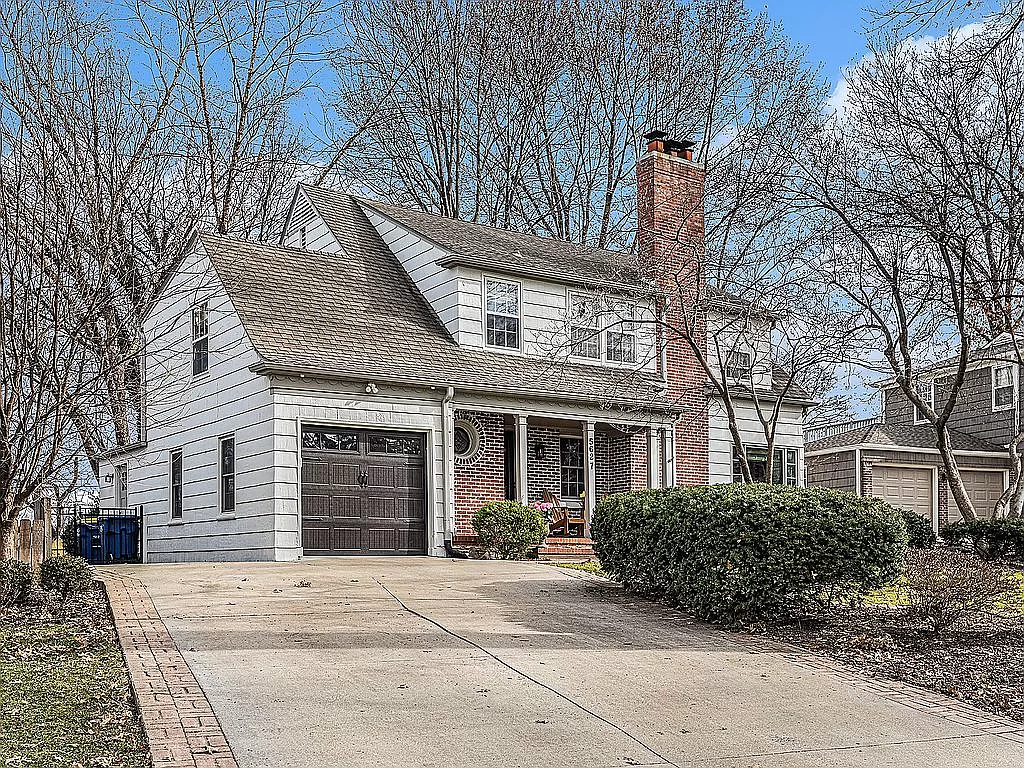
Vintage Cameras: Film Cameras Worth a Second Look
Published in the Fall 2015 edition of Vintage KC Magazine
Written by Michael and James Fry
Visit any Kansas City-area antique store, vintage shop, flea market, estate sale or auction house and the chances are pretty darn good it will have a vintage film camera for sale. The advent of digital technology created a surplus of this antiquated technology—once found in nearly every home in the country. Interest in these cameras has dwindled to a small group of film enthusiasts, collectors, and those who enjoy vintage decorating. Indeed, many of these older cameras such as the Kodak Brownie Hawkeye or Argus, have little value beyond looking aesthetically pleasing on a bookshelf. However, if you know what to look for, there are plenty of sought-after cameras that sell in the hundreds to thousands of dollars. Here are a few guidelines so that the next time you’re at a garage sale and spot a Minolta Hi-Matic next to a Hasselblad 500CM, priced at $25 each, you’ll know which one is worth picking up.
The size of film the camera uses can be a helpful basic starting point for potential value. The vast majority of vintage cameras use 35mm film. Cameras shooting with larger film are broken into two categories: medium and large format. Focusing on cameras with film sizes larger than 35mm simplifies our focus because these cameras are in the minority of the market and are easier to identify.
Quite a few of the valuable cameras in the medium format category are boxy “TLR” and “SLR” (twin lens reflex and single lens reflex) cameras. A few minutes spent searching these terms online will give you a clear understanding of what they look like and how they are different. The TLRs are easily identifiable by the two lenses on the front of the camera. While most vintage cameras at our estate sales sell between $10 and $40, we sold a Rolleiflex TLR medium format camera for $245 this past June (pictured below right). Brands to be on the lookout for include Mamiya, Yashica, Rolleiflex, Rolleicord, and Olympus. The medium format SLRs in contrast, have a single detachable lens on the front. The Kowa Six (pictured below left) from a sale we hosted last year is a good visual example of a medium format SLR, coming in at a price of $160. Notable brands include Pentax, Mamiya, and Bronica. The most well-known medium format brand, and also one of the most valuable, is Hasselblad. While all the other brands typically sell somewhere between $100 and $400, Hasselblad cameras with a lens regularly sells between $400 and $1,200.


Large format cameras are even easier to pick out than medium format. The film was 4in. x 5in. or larger, making the camera quite a large outfit. In addition to their size, they can be identified by their bellows and ability to tilt/shift the lens. If you’ve ever seen a picture of Ansel Adams on top of his station wagon with a huge camera, then you have seen a large format in action. Resale value for a working, large format camera is hardly ever below $150. Sought after brands like Deardorff, Wisner, and Lenhof, with a quality lens, can sell for more than $1,000.
One of the challenges in hunting for valuable vintage cameras is the fact that most brands have both expensive and inexpensive models. Canon, Pentax, Kodak, Graflex, Olympus, and Nikon all made models that currently sell for over $500 and other less desirable models that sell for less than $10. Sometimes the valuable models even look the same as the cheap ones, as is the case with the Polaroid 180 and 450 Land Cameras. In the world of optical documentation there are very few brands sought after for nearly every model they ever produced – few brands whose cameras are revered by both collectors and photography practitioners alike. No other camera manufacturer exemplifies this better than Leica. Known for their rangefinders, an average selling price for a vintage Leica body and quality lens is often more than $1,000. Even point-and-shoot models made in the early 2000s (the least desirable of their cameras) can sell for several hundred dollars. While working in a basement in Leawood this last March, our team found a camera bag with a half dozen cameras of various brands. Five of those cameras were collectively worth $20; the sixth camera was a Leica M3 with a 1.2/f 50mm lens. We were able to sell that camera for $2,000.

Even after years of estate sale goodness, we still get a thrill out of finding a box of vintage film cameras buried in a basement and sharing them with the camera collecting world. One of the best resources we have found for researching and pricing such finds is: collectiblend.com/cameras. To see some of the fun cameras we’ve encountered check out our Instagram page. Hopefully, armed with this snapshot of vintage camera value you will capture one or two worth buying.
Go to VintageKCmag.com for their full backlog of issues.












